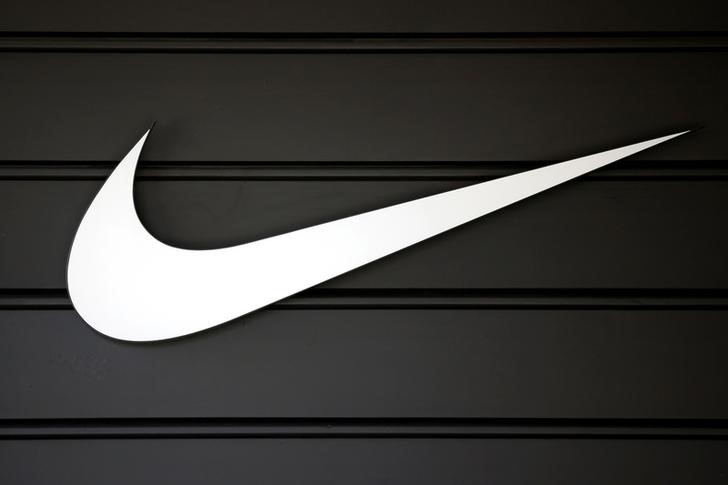Fannie Mae, Freddie Mac shares tumble after conservatorship comments
Investing.com - Nike (NYSE:NKE), the prominent player in the Textiles, Apparel & Luxury Goods industry with a market cap of $112.75 billion and current gross margin of 42.7%, faces potential margin pressure following a new US-Vietnam trade agreement that raises tariffs to 20% on Vietnamese imports, according to Bernstein analysis. According to InvestingPro data, Nike is currently trading above its Fair Value.
The 20% tariff represents a 10 percentage point increase from the previous 10% pause rate that was in effect until early July. The agreement also establishes a 40% tariff on trans-shipped goods, likely to prevent companies from routing products through Vietnam to avoid higher tariffs in other markets.
On a raw, unmitigated basis, this tariff increase could create a gross margin headwind of approximately 20-130 basis points across various US brands, according to Bernstein analyst Aneesha Sherman. Companies with high Vietnam sourcing and US sales exposure face the greatest impact, with On Holding (NYSE:ONON) potentially seeing a 130 basis point impact due to Vietnam representing about 90% of its supply and the US accounting for approximately 55% of sales.
Brands have already begun implementing mitigation strategies, including vendor negotiations, supply chain optimization, inventory pull-forwards, and price increases. Nike began raising prices in June, while On Holding implemented price increases starting July 1st to offset some of the tariff impact. InvestingPro analysis reveals that Nike has maintained dividend payments for 42 consecutive years, demonstrating financial resilience through various market cycles. Subscribers can access 13 additional ProTips and comprehensive financial metrics in the Pro Research Report.
Secondary concerns include potential demand impacts, particularly among lower-income consumers who may reduce discretionary spending in response to price inflation. Bernstein identifies Ross Stores (NASDAQ:ROST) and Burlington Stores (NYSE:BURL) as facing higher initial risk due to their lower-income customer base, while companies with higher-income exposure like Tapestry (NYSE:TPR), On Holding, and TJX Companies (NYSE:TJX) may prove more resilient. Nike’s strong financial health score and significant return over the last week suggest potential resilience despite these challenges.
In other recent news, Nike has seen significant developments that could impact its investors. A trade agreement between the United States and Vietnam was announced by former President Donald Trump, which could benefit companies like Nike that manufacture products in Vietnam. This deal allows the U.S. total access to Vietnamese markets with zero tariffs on American products, potentially enhancing Nike’s operational efficiencies. Meanwhile, Argus upgraded Nike’s stock from Hold to Buy, setting a price target of $85.00, citing signs of recovery in inventory management and a strong e-commerce strategy. Bernstein maintained an Outperform rating with the same price target, highlighting progress in inventory clearance and order book growth as positive recovery indicators.
Morgan Stanley (NYSE:MS) reiterated its Equalweight rating on Nike stock, expressing concerns about customer retention in the sub-$100 product segment and challenges in the Chinese market. Despite these challenges, Morgan Stanley outlined potential growth drivers, such as international market expansion and innovation in running products. These recent developments suggest a mixed outlook for Nike, with some analysts expressing optimism about its recovery while others remain cautious about certain market segments.
This article was generated with the support of AI and reviewed by an editor. For more information see our T&C.
